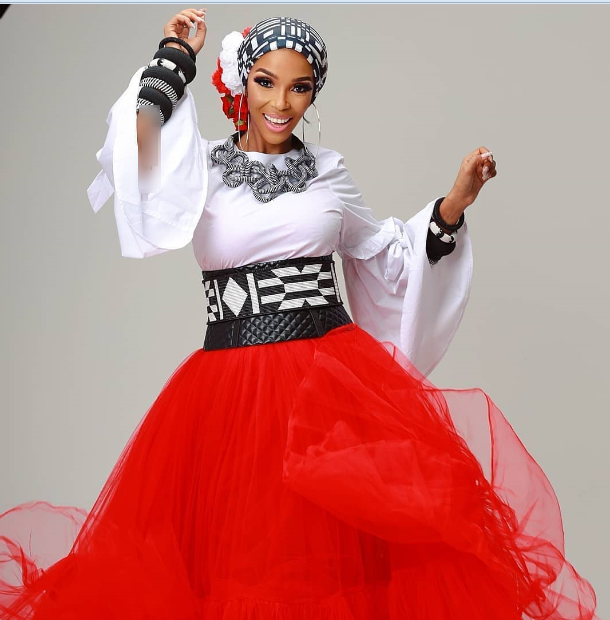Shweshwe Plus Seshoeshoe traditional Dresses For Nice Women
Shweshwe Plus Seshoeshoe Traditional Dresses For Nice Women
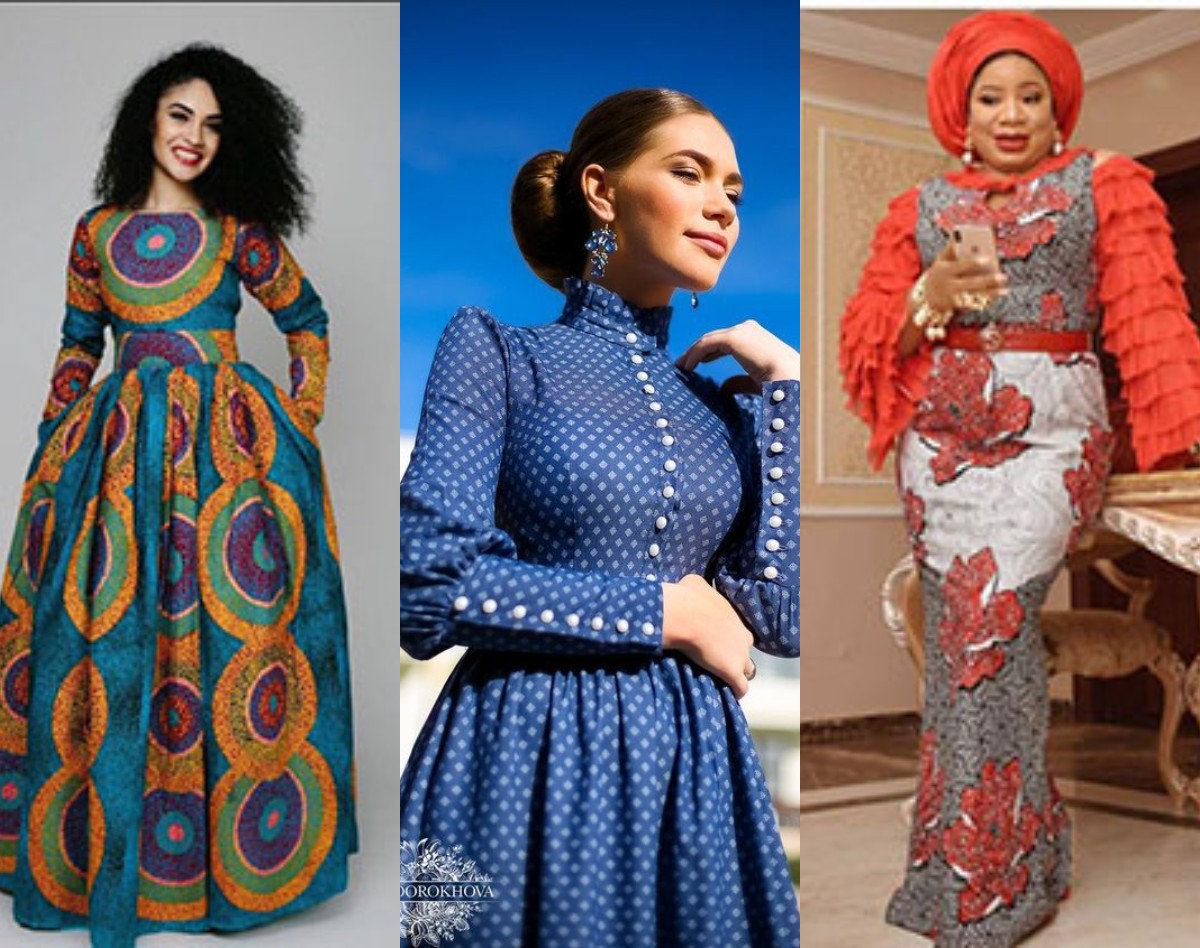
Shweshwe Plus Seshoeshoe Traditional Dresses For Nice Women
Shweshwe traditional dresses are an important part of the history and identity of the region. In some regions, the national costume is an unofficial costume worn only on ceremonial occasions. In other societies, shweshwe dresses are mandatory for men and women
We will mention some of these shweshwe traditional dress
Shweshwe traditional dresses Women are made up of a long strip of non-mucus cloth that can be wrapped in a variety of styles. The most common styles are wrapped around the waist, and then one of the ends is lifted over the shoulder.
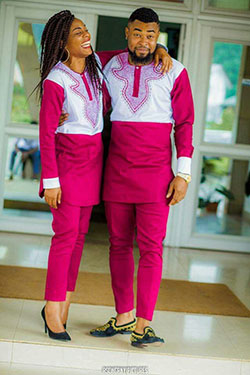
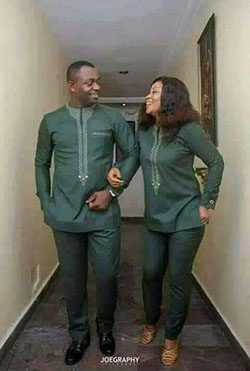
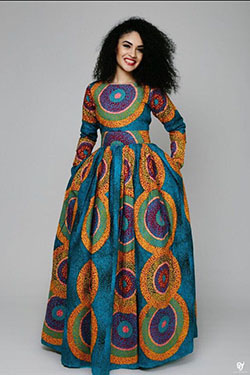
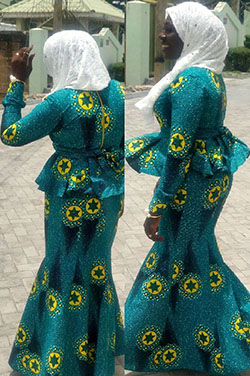
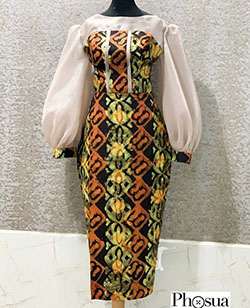
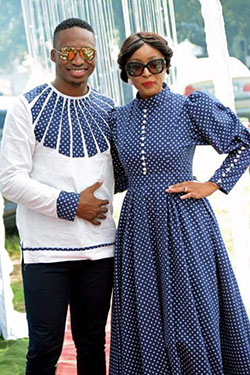
Shweshwe Plus Seshoeshoe Traditional Dresses For Nice Women
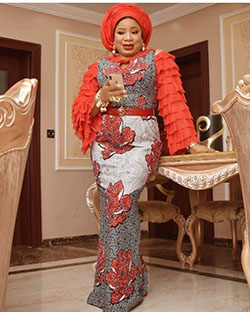
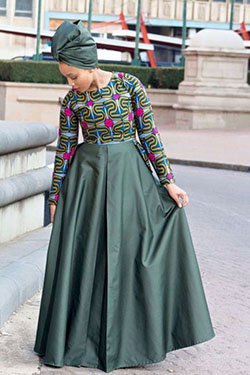
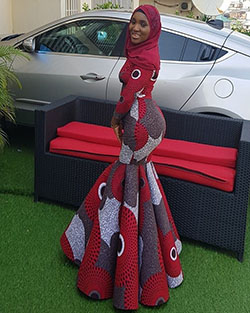

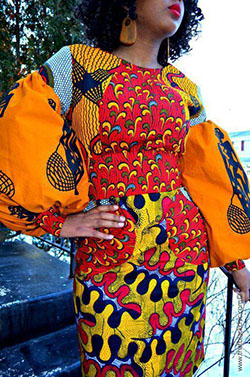
Shweshwe Plus Seshoeshoe Traditional Dresses For Nice Women
Shweshwe Plus Seshoeshoe Traditional Dresses For Nice Women
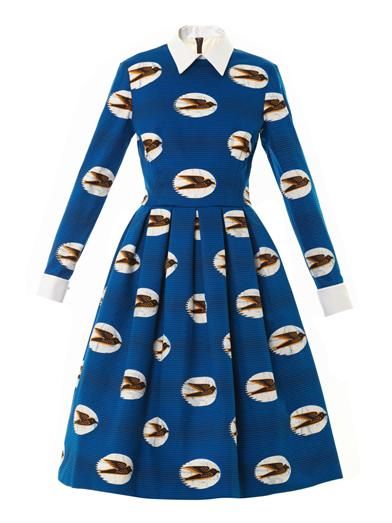
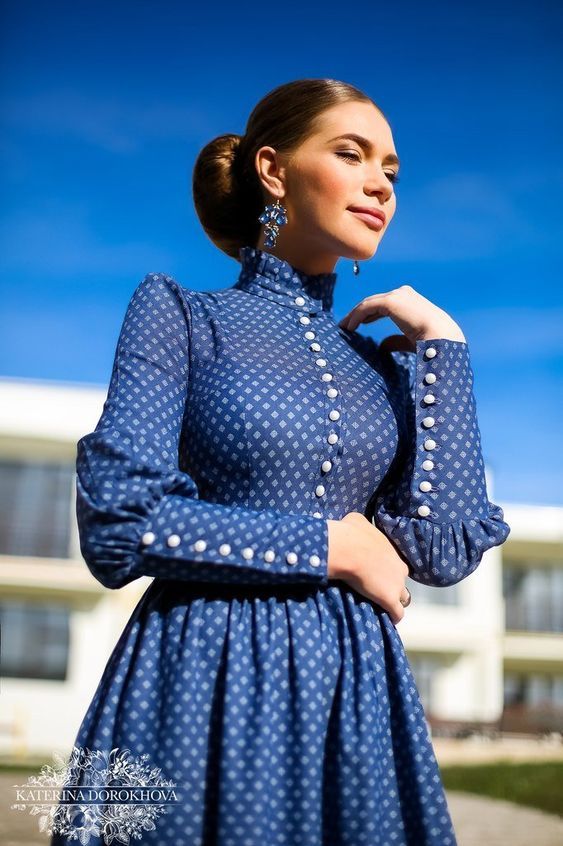
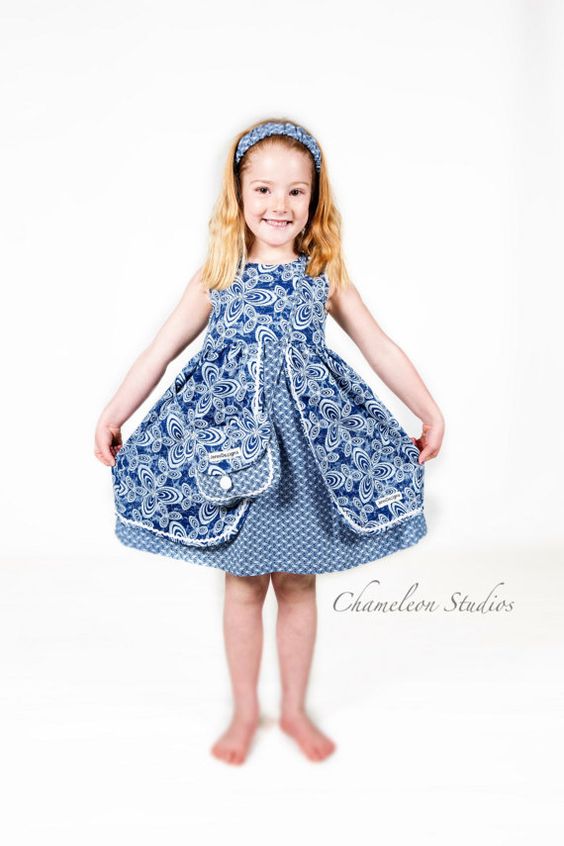
highlighting a little of the body. Shweshwe return traditional dresses to the European civilization that flourished during 2800-1800 BC around the western part of the Indian subcontinent
Hanwu is the traditional shweshwe of Han in China, where The dress has emerged during much of China’s history, especially during the Qing Dynasty. Han style, Chinese clothing, can be summarized as containing elements of shweshwe traditional dresses arranged in distinct and sometimes specific ways
Kimono or kimono is a shweshwe traditional fashion in Japan The word kimono in Japanese means “clothing” in general, but it is currently widely used to refer to the long shweshwe traditional dresses worn by men, women, and children.
The kimono is known for its beautiful appearance and bright colors especially the kimono for women.
The kimono is an ankle-length T-shirt with a wide collar and sleeves. Wrap the kimono around the body so that the left side is on the right side, except in cases of death and burial.
The right side is on the left side, wrapped in a belt called the obi connecting from the back to tighten it. Shweshwe traditional dress is usually accompanied by a kimono a pair of traditional shoes called Zori or Gita, with a pair of thumb stockings called TAPI
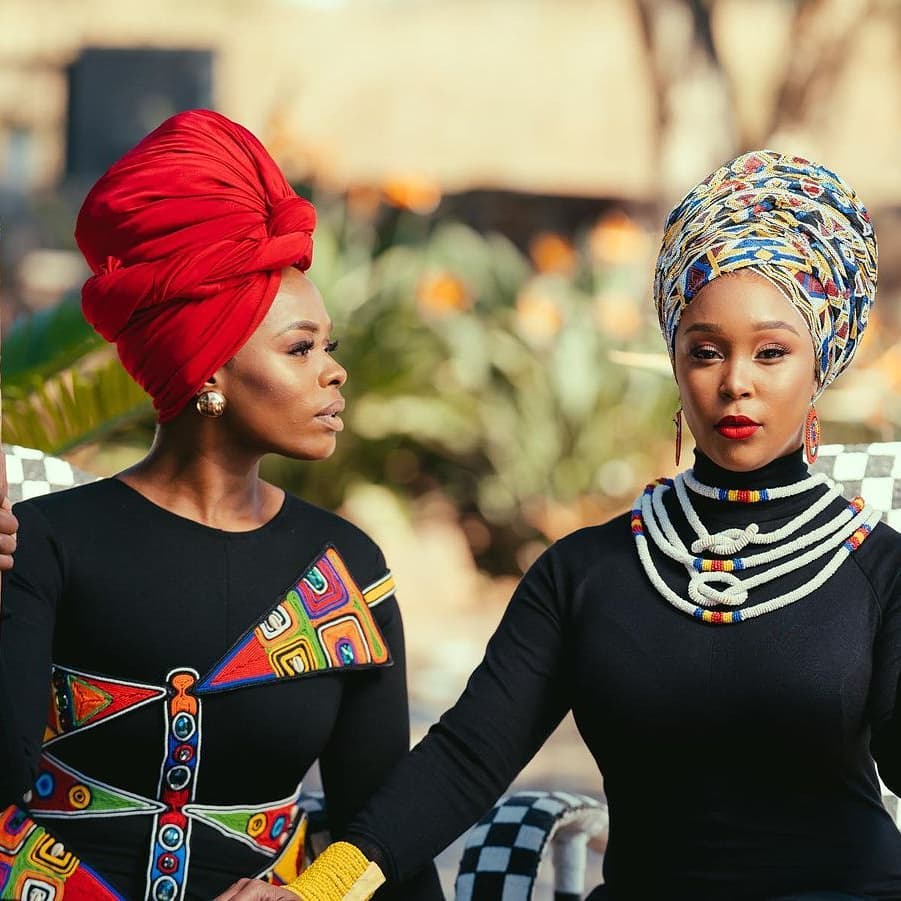

shweshwe traditional dresses
The kaffiyeh is a headdress made of a cloth made of cotton or linen, decorated in many colors, the most famous of which is red, white, and black, which is square and usually braided in a triangle, placed on the head and sometimes on the shoulder
shweshwe traditional
The keffiyeh dates back to the ancient Mesopotamian civilizations, and is believed to be the shweshwe traditional colored dresses that used a simulation of fishing nets or wheat and wheat spaghetti;
The kaffiyeh was a symbol of masculinity and elegance, and during the Ottoman era the public was distinguished by its position on their shoulders and the rural population on their heads, The Kufiyeh has become a world not only Arab.
Many Arab and international artists such as actor Henry Jones, who wore it in the late Indiana Jones movie, have worn the keffiyeh
